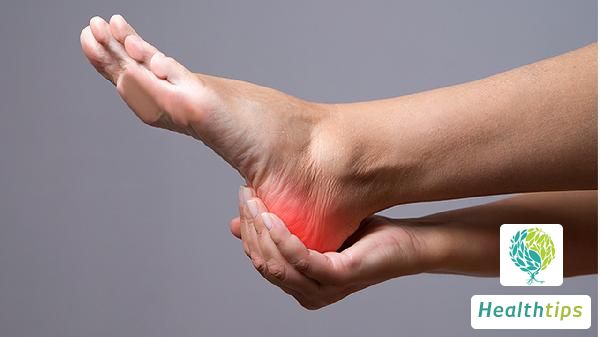Does Dyslipidemia Require Long-Term Treatment? Multiple Approaches to Managing Dyslipidemia
Dyslipidemia is a very common condition, often closely related to various factors, especially poor daily diet and insufficient exercise, which may lead to its development. Once formed, corresponding measures should be taken early for control, often involving a long-term process. In particular, dietary and exercise regulations should be strengthened. If medication is required, it should also be administered early for control. To a large extent, a person's blood lipids reflect their physical health status. Many people may find abnormal blood lipids when undergoing blood tests, and some cases may be severe, which can easily lead to cardiovascular and cerebrovascular diseases and may even endanger the patient's life. Therefore, sufficient attention should be paid to this condition. So, is dyslipidemia a long-term treatment need? What methods can be adopted to control dyslipidemia? The formation of dyslipidemia may be a long-term process, especially caused by poor daily diet and lack of exercise. Therefore, its improvement is not accomplished overnight. Controlling dyslipidemia is a comprehensive task involving multiple aspects. Purely relying on medication may not yield ideal results. Only by combining medications, diet, exercise, and other methods can better effects be achieved. The main methods for controlling dyslipidemia are as follows:

Firstly, weight control. Studies have shown that the incidence of dyslipidemia in obese people is much higher than that in non-obese people of the same age. Therefore, once dyslipidemia is found, active weight control must be paid attention to.
Secondly, exercise. Appropriate physical exercise helps enhance cardiopulmonary function and plays a vital role in improving insulin resistance and glucose tolerance. At the same time, it can also reduce body weight and plasma cholesterol levels, which can also improve dyslipidemia.
Thirdly, dietary adjustment. Patients with dyslipidemia must pay attention to a light diet in daily meals and reduce the intake of high-fat, greasy, and fried foods. Eating fresh vegetables and fruits regularly over a long period can also help lower blood lipids.
Fourthly, medication. For those whose dyslipidemia meets the criteria for medication, they should actively take statin drugs under the guidance of a professional doctor and regularly undergo blood tests in the hospital during medication to monitor changes in blood lipids, subsequently adjusting the type and dosage of medication based on these changes.
Once dyslipidemia occurs, a long-term diagnosis for lipid lowering should be made. Especially the methods for lowering blood lipids introduced above can be selectively applied based on the patient's actual situation. By combining multiple methods and adhering to them over the long term, one will gradually notice weight loss, improved physical resistance, and significant improvement in dyslipidemia.



















